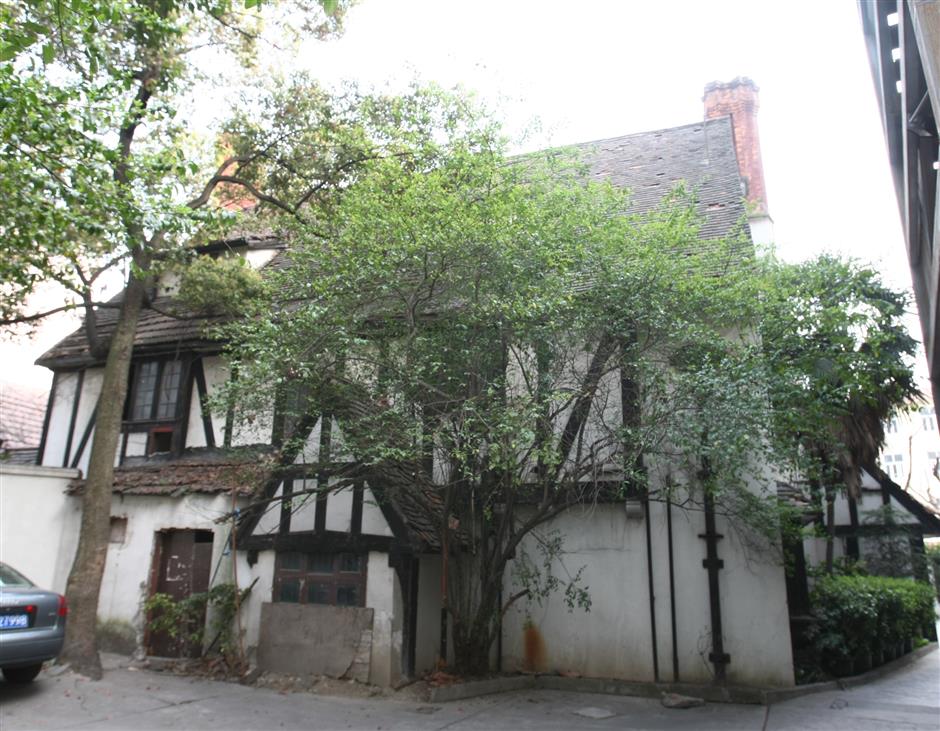Global input for plans to revamp historic area

The former residence of Hungarian architect Laszlo Hudec on Panyu Road.
Shanghai will redevelop the areas near Baoshan cruise liner port and Panyu Road historic neighborhood in downtown. The city has been given some ideas from global urban planners.
A global competition has provided the city’s top planners with a choice of designs for revamping the two sites.
A panel comprising officials and architects from the city's main planning bodies such as the Shanghai Urban Planning And Design Research Institute and Tongji University on Tuesday began evaluating over a dozen of qualified designs for the two regions.
The final redevelopment plans will involve the ideas of the winning projects, the Shanghai Planning, Land and Resources Administration said.
The Panyu Road region includes many historic buildings such as the former residence of the renowned Hungarian architect Laszlo Hudec, as well as historic Dajing Villa, the shikumen neighborhood of Xingfuli Lane, and the Shanghai Film Art Center.
The area to be redeveloped covers a square kilometer around the road, according to the administration.
"Designers are expected to expand the historic and cultural venues along the road to make them more accessible to the public," said Li Zhenyu, dean of Tongji University’s College of Architecture and Urban Planning who led the panel for the Panyu Road project.
The redevelopment aims to make Panyu Road into a block with "happiness, energy and cultural memory," according to the administration. The historic space is expected to become a new "wanghong," or web celebrity among the young generation.
The revamped area in northern Baoshan District includes a 750-meter-long riverside area of Baoyang Road Dock, a former container port for the district's iron and steel industries, as well as the Wusong Paotaiwan Wetland Forest Park.
"We hope the redevelopment can improve the ecological environment of the former industrial base and make the traffic more convenient for the public," said Zheng Shiling, a professor of urban planning and a member of the Chinese Academy of Sciences.
The area is targeted to become a northern gateway of Shanghai, the administration said.
It launched the global campaign entitled “2017 Shanghai Urban Design Challenge,” in July, inviting professional designers and university students to design projects.
About 100 designs from 12 nations and over 20 Chinese provinces have been received, an official said, adding that 39 of them have been selected for the final competition.
The final winner will be announced later this week.
"Many competitors began using Big Data analysis to support the urban planning such as the number of pedestrians and cyclists based on mobile phone signals and satellite," said Wang De, another urban planning professor with the university.
The competition was part of the trial that the city’s planning authority sought ideas from both global professionals and the public. The administration held the first urban design competition last year to solicit ideas for Xujiahui Sports Park, the historic Hengshan and Fuxing roads, as well as Zhangjiang High-tech Park in Pudong.
Construction has started on the sports park, described as the biggest sports park in downtown, with some designing input collected from the competition.















